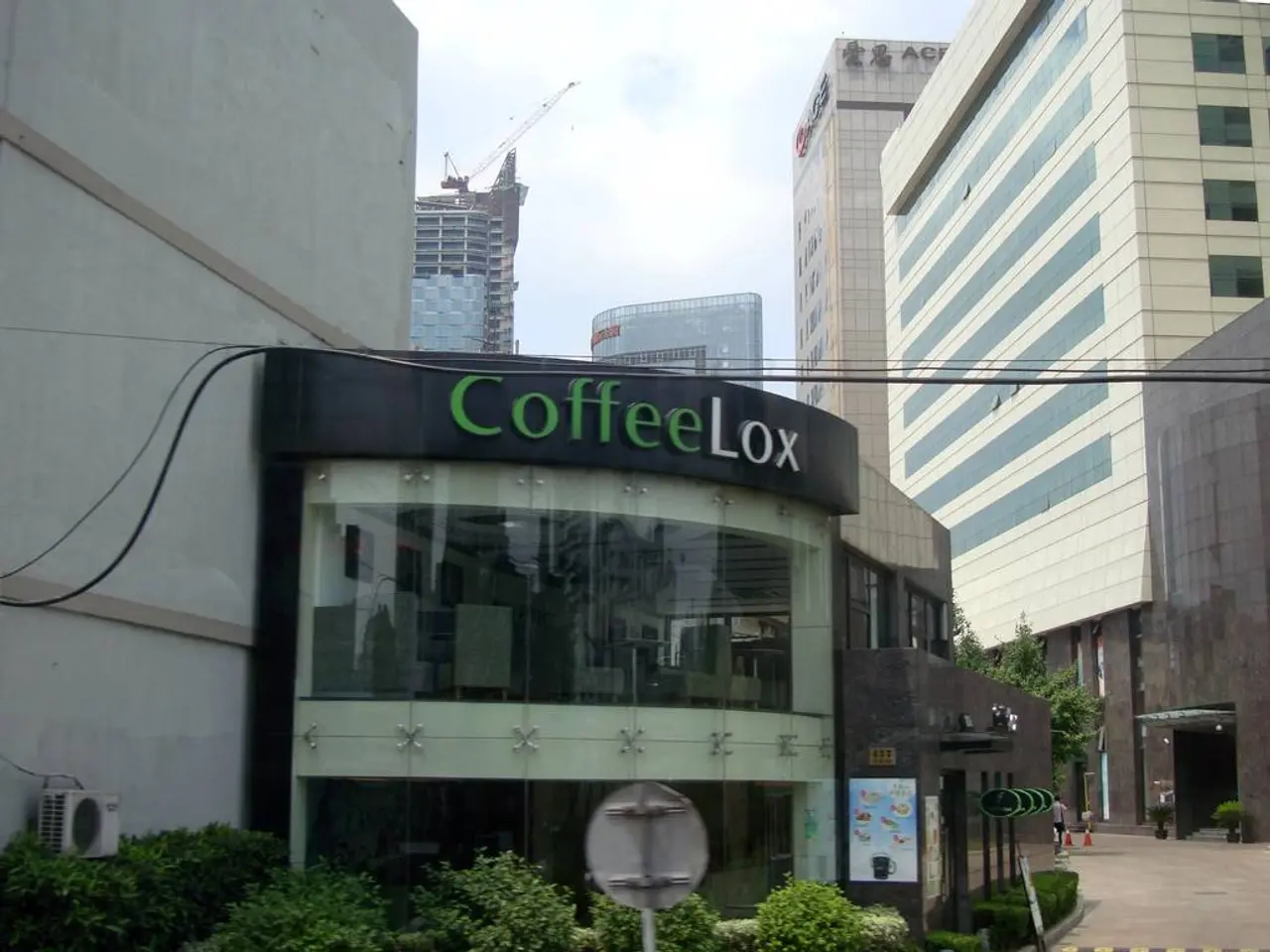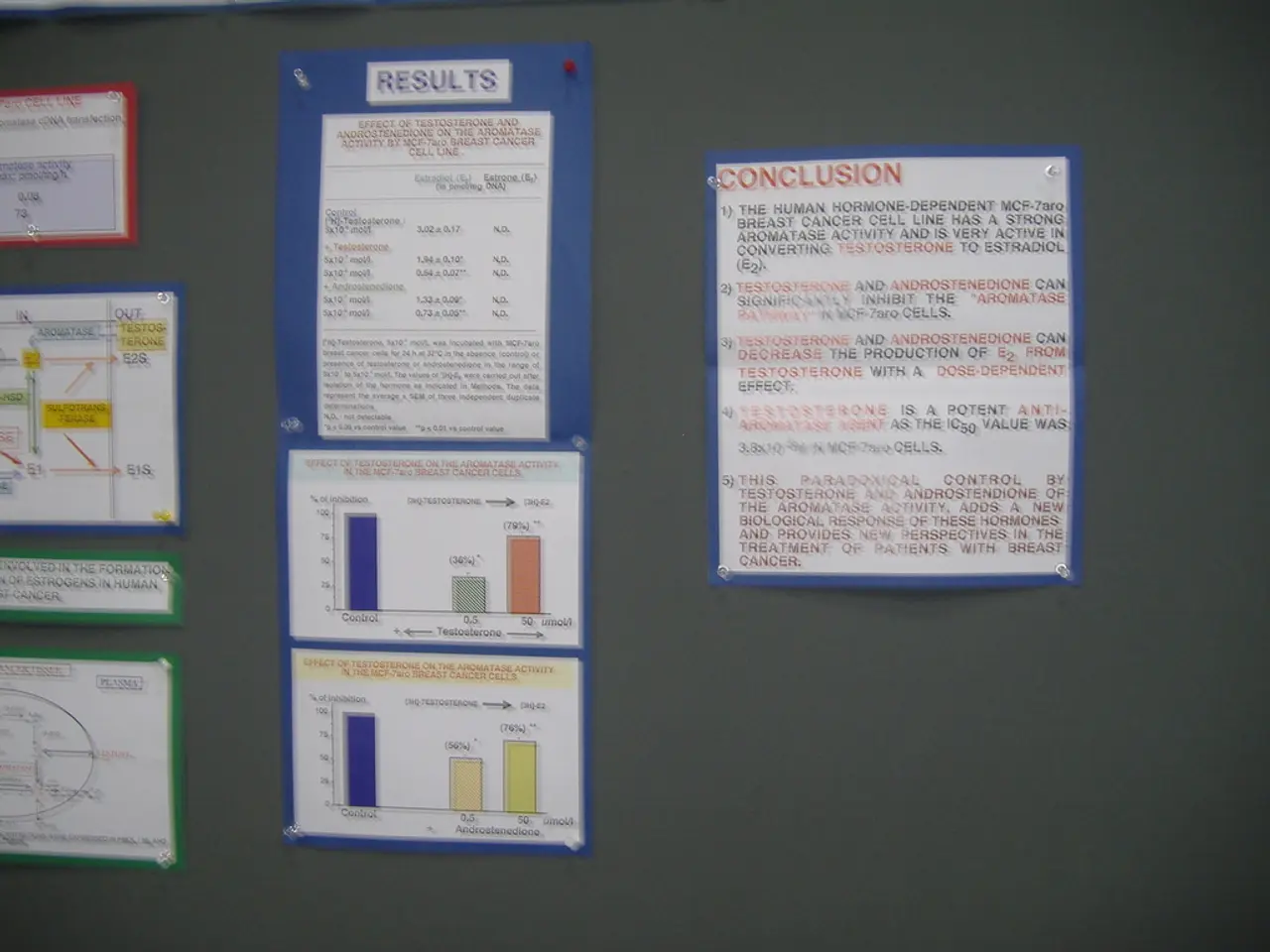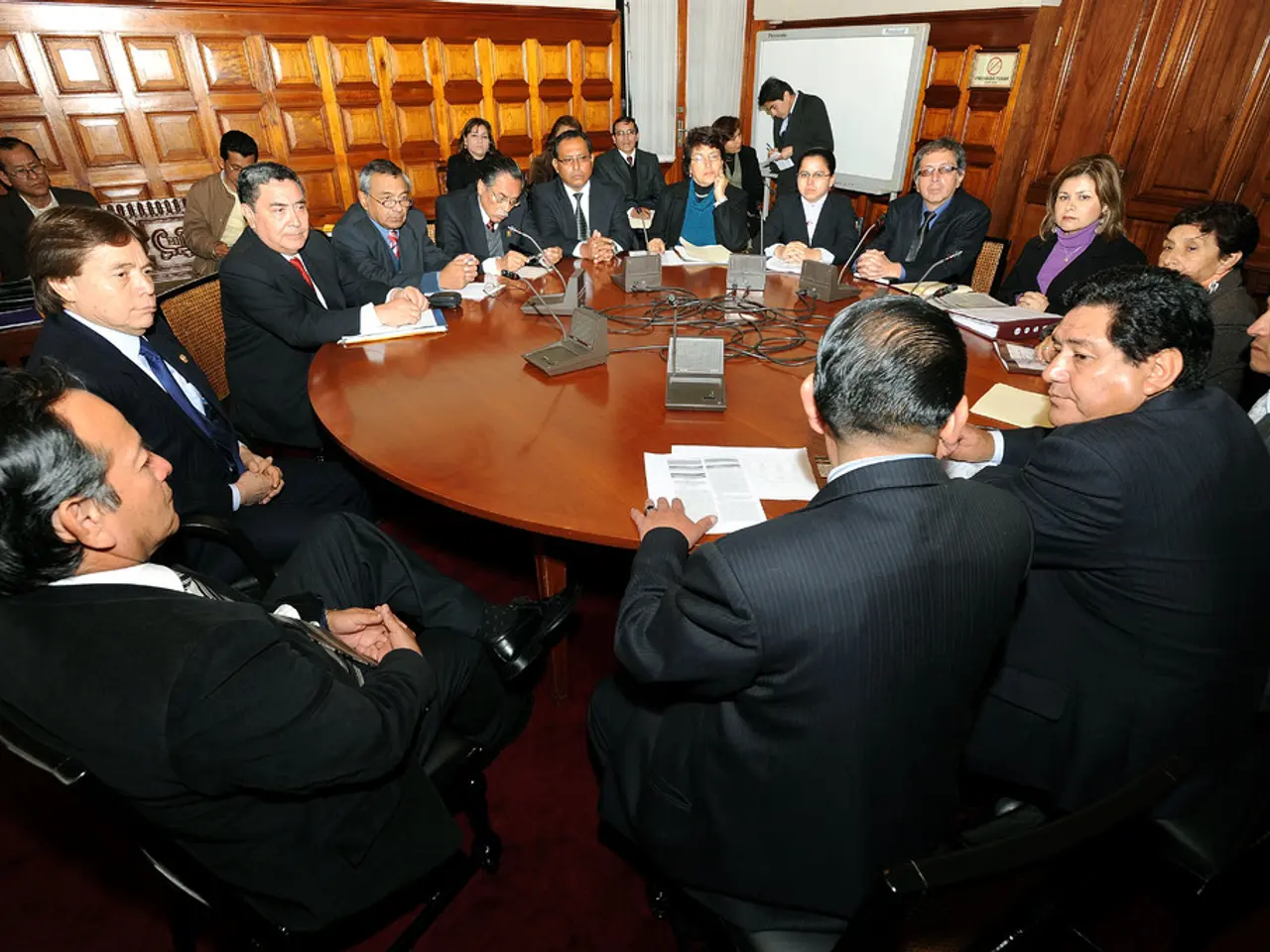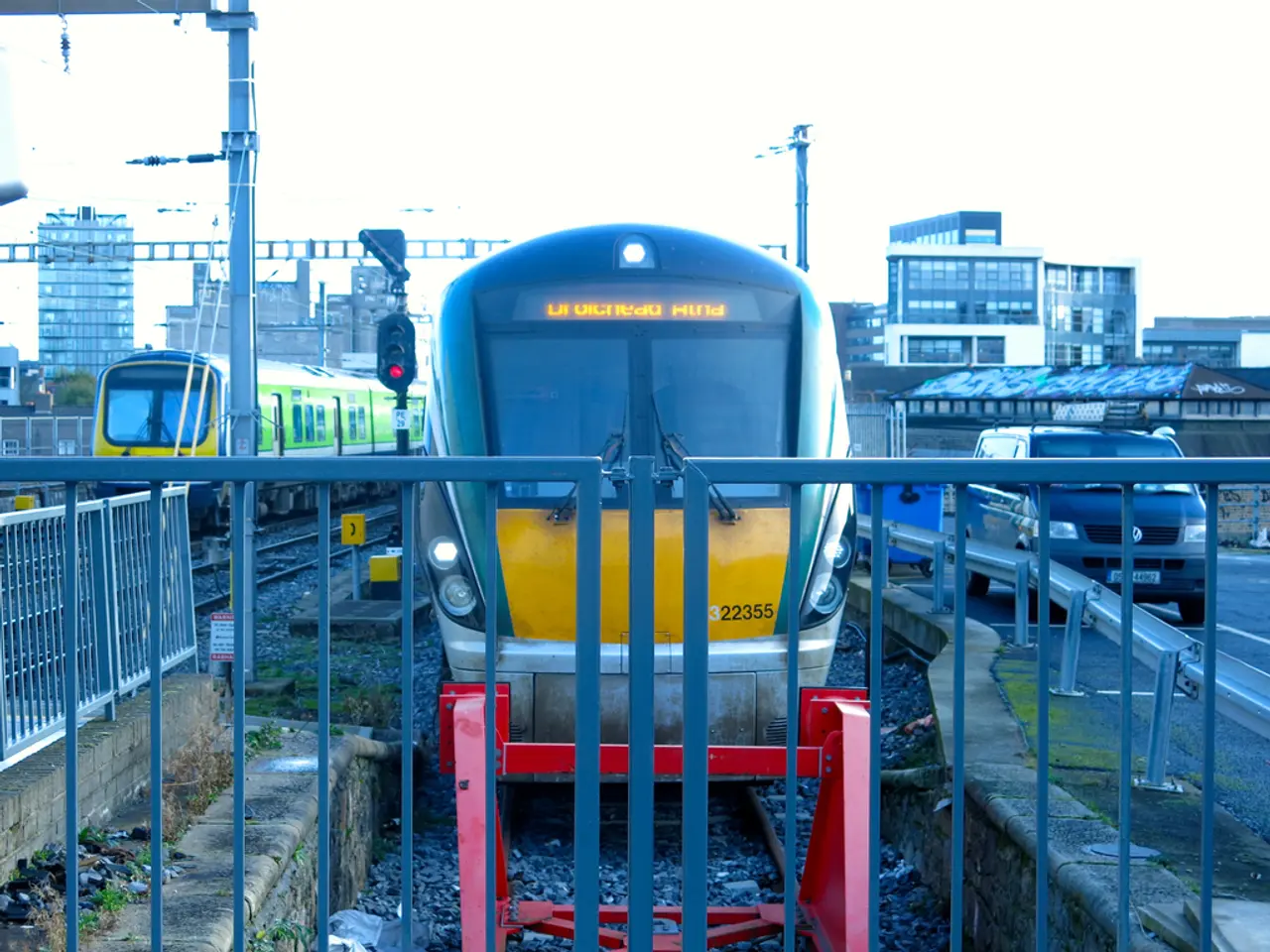Comparing Translation Memory Tools with Machine Translation for Businesses in 2025: Which Method Delivers Superior Results?
In today's globalized world, businesses increasingly require multilingual content to reach a wider audience. Two key technologies that help facilitate this are Translation Memory (TM) tools and Machine Translation (MT) systems. This article provides a comparison of these tools, their benefits, and business applications, along with recommendations for optimizing translation services.
**Features Comparison**
| Feature | Translation Memory (TM) Tools | Machine Translation (MT) Systems | |---------------------------------|--------------------------------------------------------|---------------------------------------------------------| | Core Function | Stores and reuses previously translated segments | Automatically translates text using algorithms | | Segmentation | Yes | Yes | | Matching | Compares new segments with stored translations | Analyzes source text for translation | | Concordance Search | Yes | Sometimes (advanced tools) | | Bilingual Storage | Yes | No | | Automation Level | Manual or semi-automatic (assists human translators) | Fully automatic (can replace human translators for some tasks) | | Customization | Supports glossaries, style guides, and QA checks | Limited (mainly via training data and glossaries) | | Consistency | High (reuses approved translations) | Variable (depends on model and training) |
**Benefits**
**Translation Memory Benefits:** - Improved Consistency: Ensures the same phrases are always translated the same way, crucial for business, legal, and user interface content. - Cost and Time Savings: Reusing translations reduces total translation time and costs; productivity can increase by up to 30% and time savings up to 86%. - Quality Control: Each segment has an approval history, making audits and quality assurance straightforward. - Ideal for Repetitive Content: Especially useful for agile teams, legal documents, and UI updates where minor changes occur frequently.
**Machine Translation Benefits:** - Speed: Translates large volumes of text almost instantly. - Scalability: Handles massive projects without proportional increases in human resources. - Advanced Technologies: Modern MT uses neural networks (NMT) for natural-sounding, context-aware translations. - Versatility: Capable of translating between many language pairs, even where little parallel data exists (especially with LLMs).
**Business Applications**
**Translation Memory:** - Documentation: Technical manuals, legal contracts, and compliance documents requiring exact phrasing. - Localization: Software, websites, and mobile apps where UI/microcopy must be consistent across platforms. - Product Updates: Rapid iteration in agile environments, where most content repeats with minor changes.
**Machine Translation:** - Content Creation: Blogs, news, social media, and customer support for quick, scalable translations. - Multilingual Customer Communication: Real-time chat, email, and dynamic web content. - E-commerce: Product descriptions and listings in multiple languages.
**How VerboLabs Can Optimize Translation Services**
To optimize translation services, VerboLabs can integrate both TM and MT technologies:
1. **Hybrid Workflow:** Use TM tools for critical, brand-sensitive, or highly repetitive content to ensure consistency and quality. Apply MT for high-volume, non-critical content to maximize speed and scalability. 2. **Post-Editing:** Leverage human translators to post-edit MT outputs, combining the speed of automation with the accuracy of expert review. 3. **Customization:** Fine-tune both TM and MT systems with company-specific glossaries and style guides to align translations with brand voice and industry standards. 4. **Quality Assurance:** Implement in-tool QA checks and approval workflows within TM tools, and use MT systems with built-in QA features or third-party solutions to catch errors before deployment. 5. **Continuous Improvement:** Regularly update translation memories and MT models with new data and feedback to improve accuracy and relevance over time.
By strategically combining TM and MT, VerboLabs can deliver high-quality, consistent translations efficiently and cost-effectively across a wide range of business applications.
- In the realm of finance, TM tools and MT systems can bring significant cost and time reduction when dealing with multilingual financial documents, ensuring both accuracy and consistency.
- As technology continues to shape our lifestyle, TM and MT technologies can play a pivotal role in expanding business reach across different languages, facilitating a seamless transition for enterprise services such as customer support and e-commerce, reaching a globally diverse audience.




